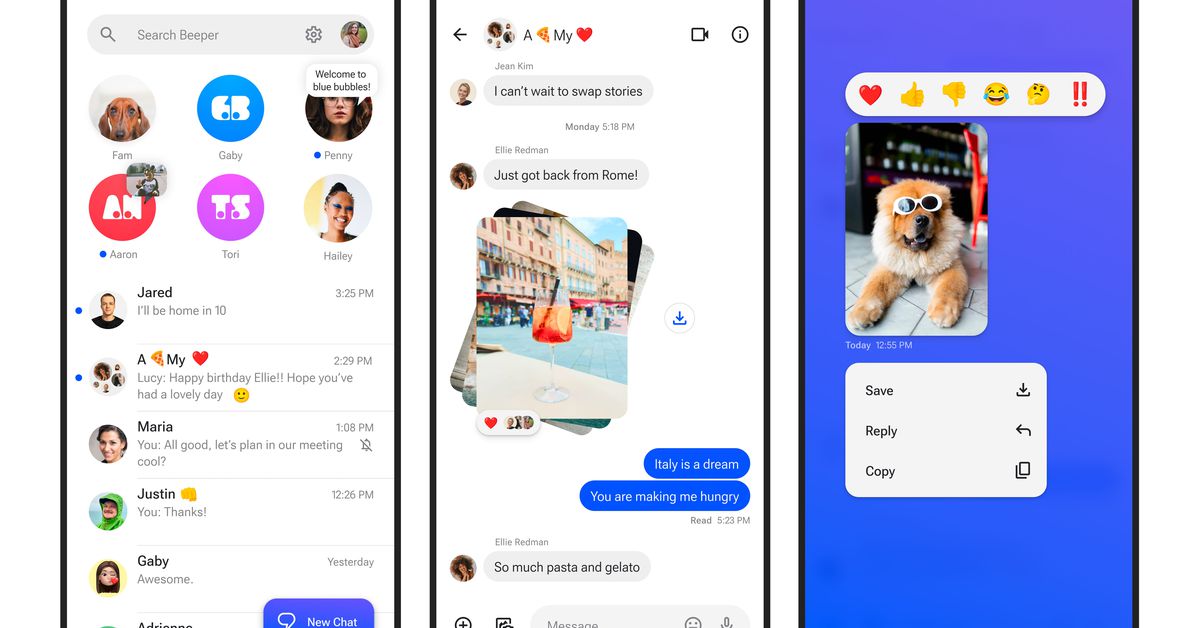• A new Android app called Beeper Mini allows users to send iMessages as blue bubbles from non-Apple devices.
• Beeper Mini bypasses traditional iMessage hacks by directly sending iMessages from Android devices.
• The app has been praised for its smooth functionality, sending messages seamlessly between Android and iPhone users.



Mostly because the iPhone’s dominance has led to iMessage being a very popular service over here. But Android users on the receiving end of messages from that service get images and videos in much lower quality, among many other quality losses.
I mean it’s kinda a chicken and egg problem but I’d argue that you’ve got it the wrong way around. I think the iPhone is so dominant only because of iMessage. It’s a status symbol to have blue bubbles, and there are people seriously not dating Android users for example.
The iPhone got popular for different reasons but the only reason why it’s so dominant in the states is that people started viewing blue bubbles as something desirable. And that is by design! Apple has deliberately made texting between iPhones and Android phones shit by not updating to newer official texting standards. They stuck with an SMS/MMS protocol from the 90s and early 00s, just so that people keep buying iPhones.
Honestly, if I met someone on a dating app, and she ghosted me early on for “having green text bubbles,” I’d consider that a bullet dodged.
oh, I completely agree. but it’s the world we live in.
There are lots of factors going into the dominance of the iPhone in the US. Platform lock-in, the ecosystem, the lack of an alternative with similar levels of polish for several of the early years, the mystique, the design, the build quality, Android’s formerly fractured lineup, the rise of the iPad, app development trends that for a while preferred iPhone first; and, yes, iMessage.
All of those have their own complicated and oroboros-like causes and effects, with some being force multipliers, meaning that pointing at any one thing as the cause for any other is a little bit of a fool’s errand, so I’ll just say they’re definitely related.
Which I guess is the chicken and the egg problem.